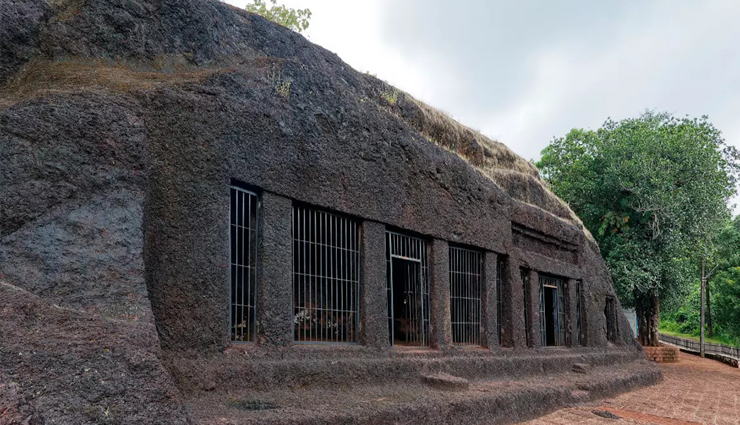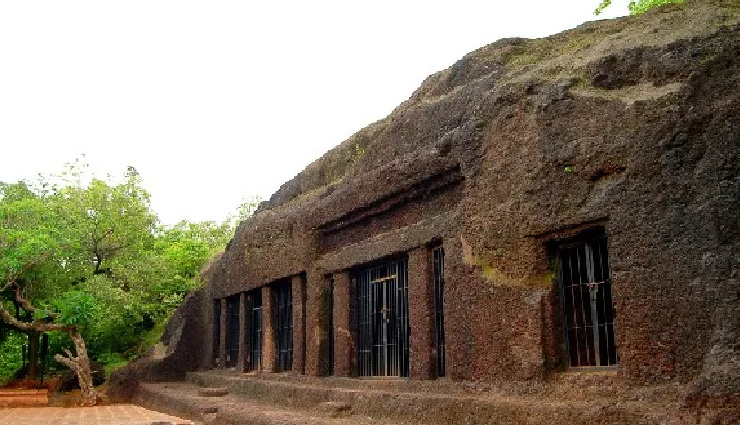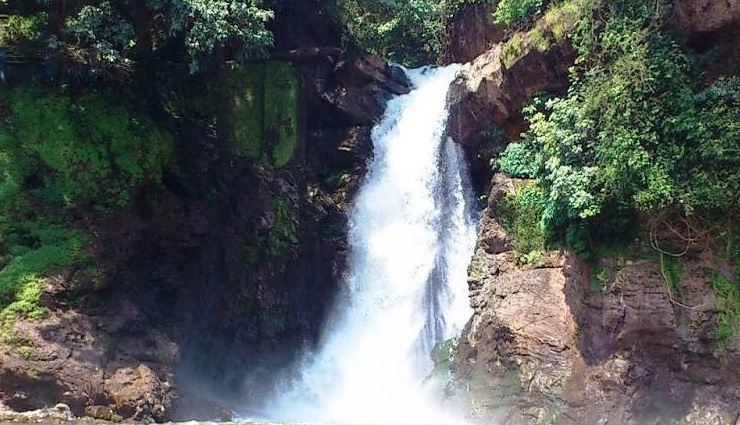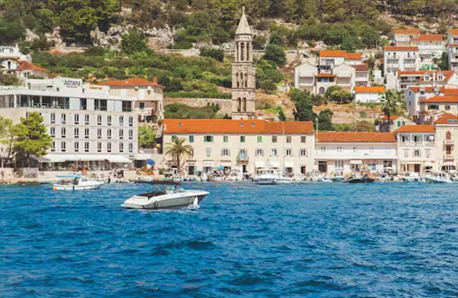
Goa is globally renowned for its stunning natural beauty, serene beaches, and picturesque coastline. The peaceful sea and golden sands attract countless tourists, making it one of the most popular travel destinations. However, Goa’s charm extends beyond its breathtaking scenery; its history is equally fascinating. While Goa is primarily known for its colonial past under Portuguese rule, which lasted nearly 450 years and influenced the region’s architecture, culture, and traditions, its historical roots go much deeper.
Goa's history is not limited to the colonial era—it dates back to the time of the Mahabharata. According to legends, during their 13-year exile, the Pandavas traveled to these coastal regions. Ancient scriptures and folklore mention various forts and caves in Goa that are linked to the Pandavas. Several caves in North Goa, in particular, hold historical and mythological significance. Although there is no concrete historical evidence to support these claims, local legends and religious beliefs suggest that the Pandavas stayed in these caves for meditation and rest. Today, these ancient sites continue to intrigue history and culture enthusiasts, attracting tourists eager to explore their unique heritage. One such site is the Arvalem Caves, which are believed to have sheltered the Pandavas and Draupadi during their exile.
The Arvalem Caves
Located in North Goa, the Arvalem Caves, also known as the ‘Pandava Caves’ by locals, are situated in the village of Sanquelim. According to popular belief, the Pandavas and Draupadi took refuge in these caves during their exile. Although there is no solid historical proof to confirm this, numerous folk tales reinforce this association.

Historians estimate that the Arvalem Caves were carved out of rocky hills during the 6th or 7th century. However, their architectural style has led many scholars to believe that Buddhist monks may have originally constructed them, as the design closely resembles that of the Ajanta and Ellora caves.
These caves, carved from laterite rock, consist of five separate chambers. The largest and most prominent cave houses a Shiva Linga, suggesting a deep connection with Shaivite worshippers. This has made the site not only historically significant but also spiritually important, drawing devotees who visit regularly for prayers and rituals.
Nearby Attractions
Close to the Arvalem Caves, visitors can find the famous Rudreshwar Temple and the scenic Arvalem Waterfall, adding to the site’s appeal. The waterfall is at its most mesmerizing during the monsoon season, from June to September, attracting nature lovers and photographers. Adventure seekers can also enjoy an exhilarating trek to reach the Rudreshwar Temple, which offers a unique experience for travelers.

If you are planning a trip to Goa, make sure to include the Arvalem Caves in your itinerary. The caves are open to visitors from 9 AM to 5 PM. To reach them, you can take a bus to the nearby town of Sanquelim and then hire a bike or taxi for easy access. With its blend of natural beauty and historical significance, this site offers an unforgettable experience for explorers and history buffs alike.






